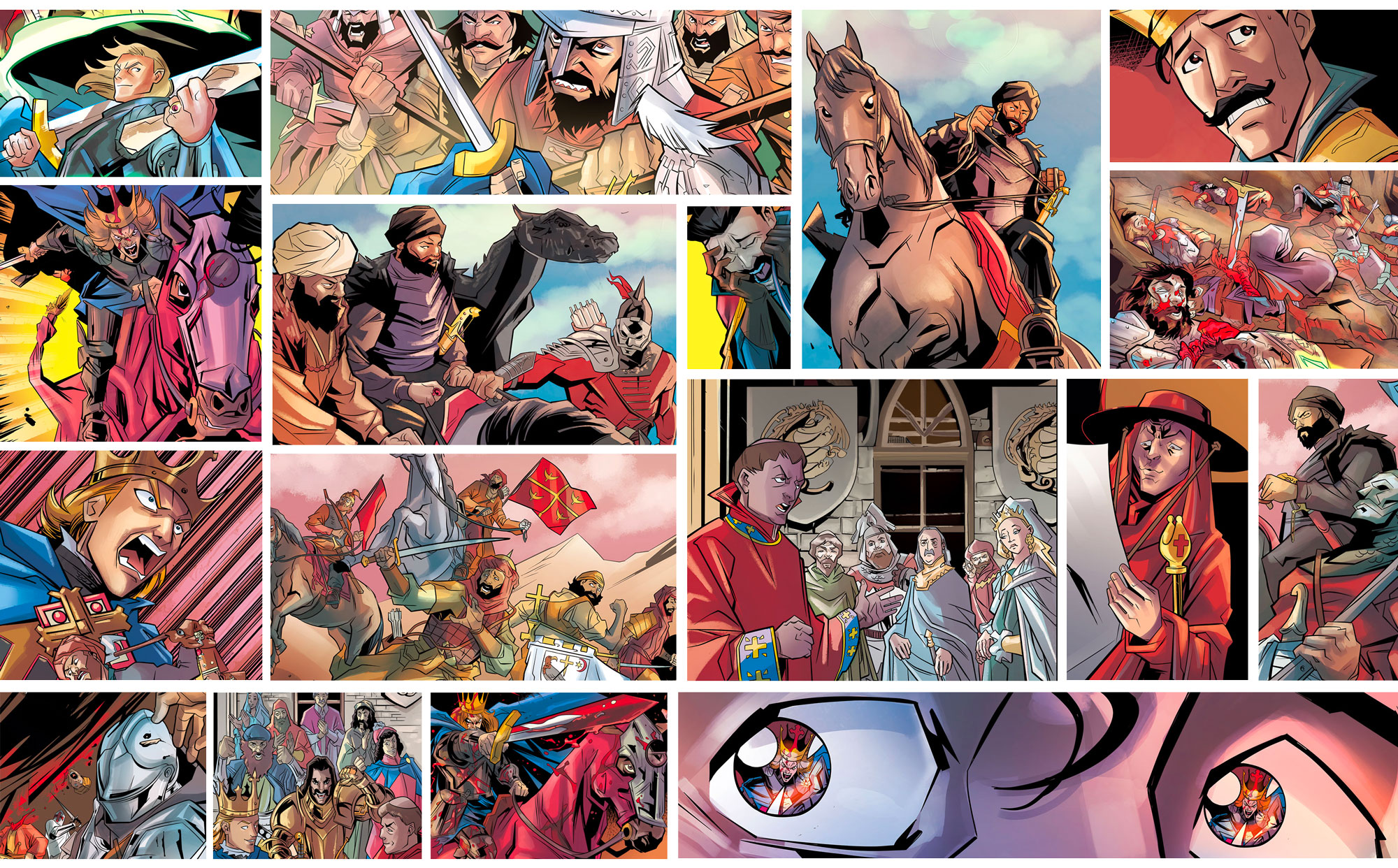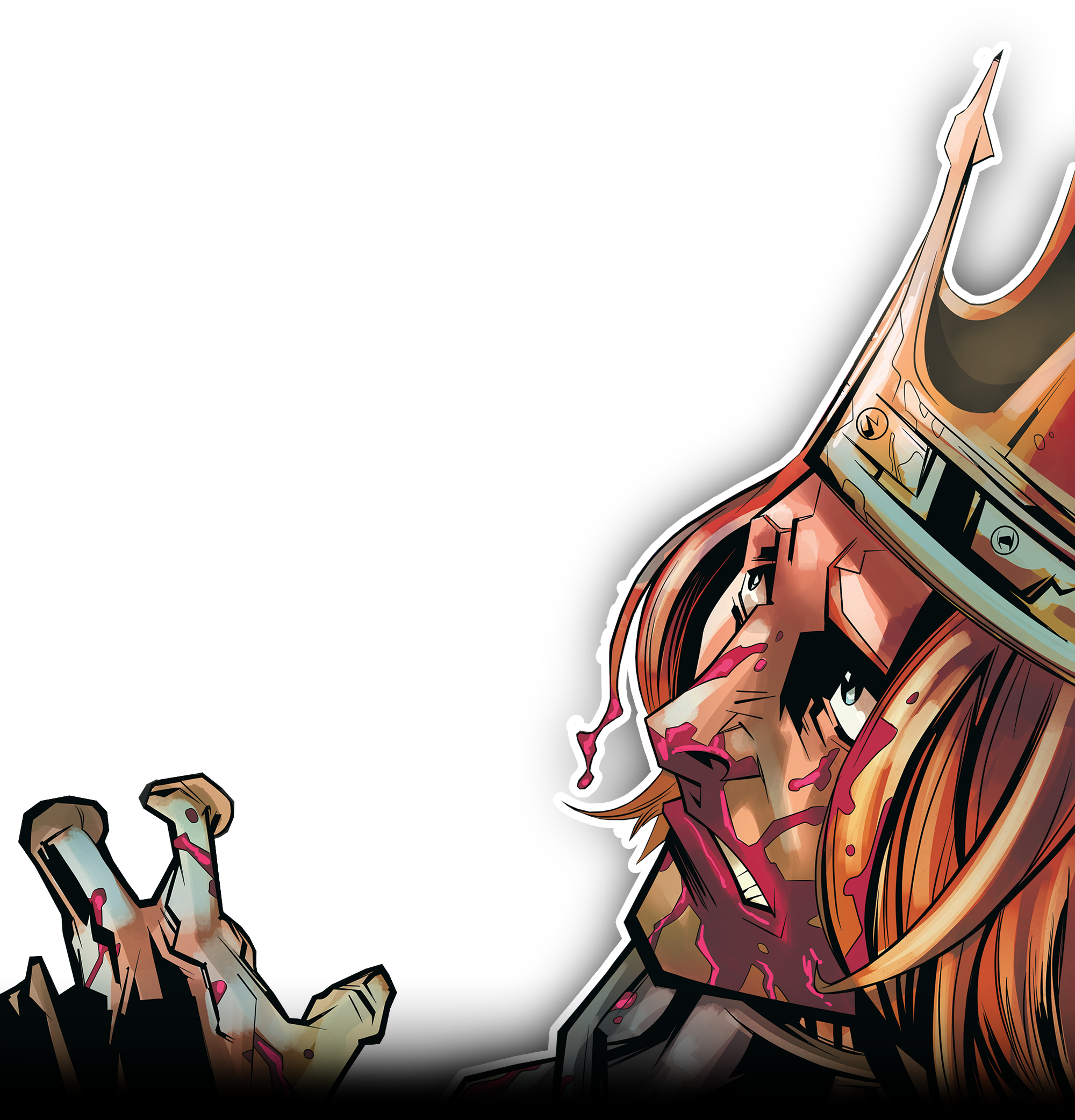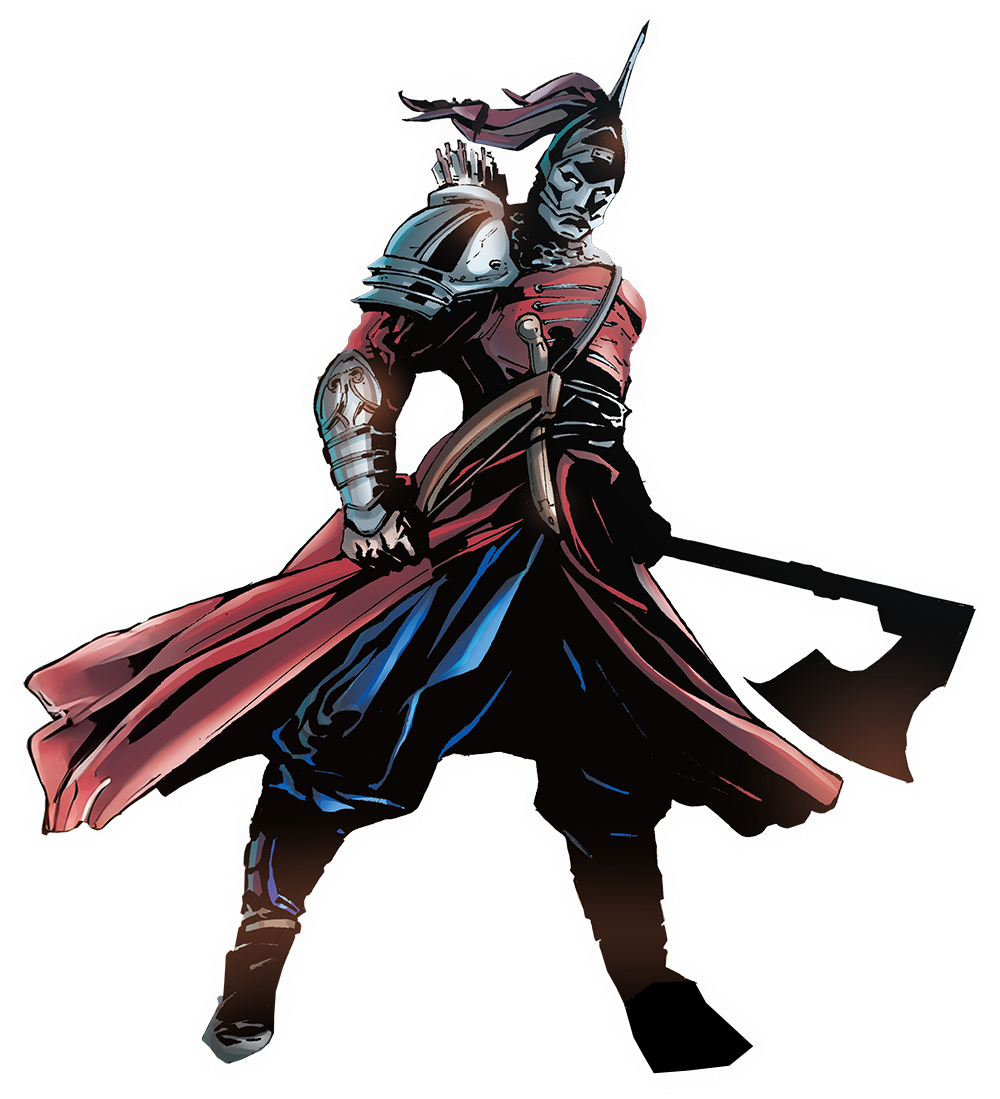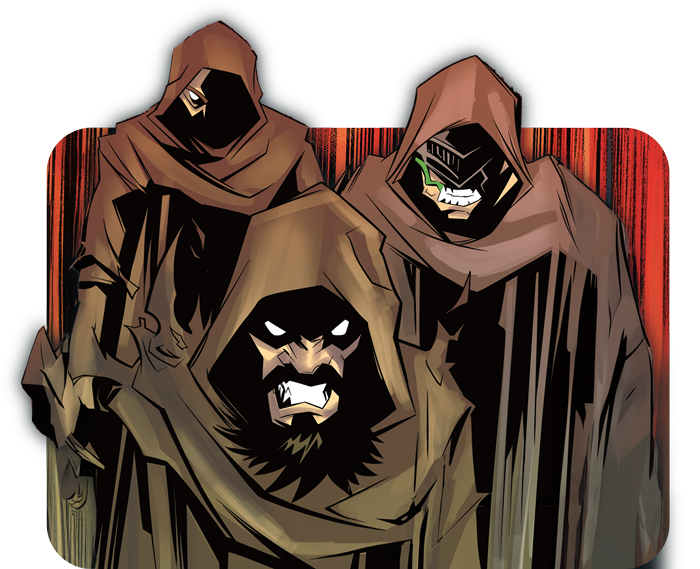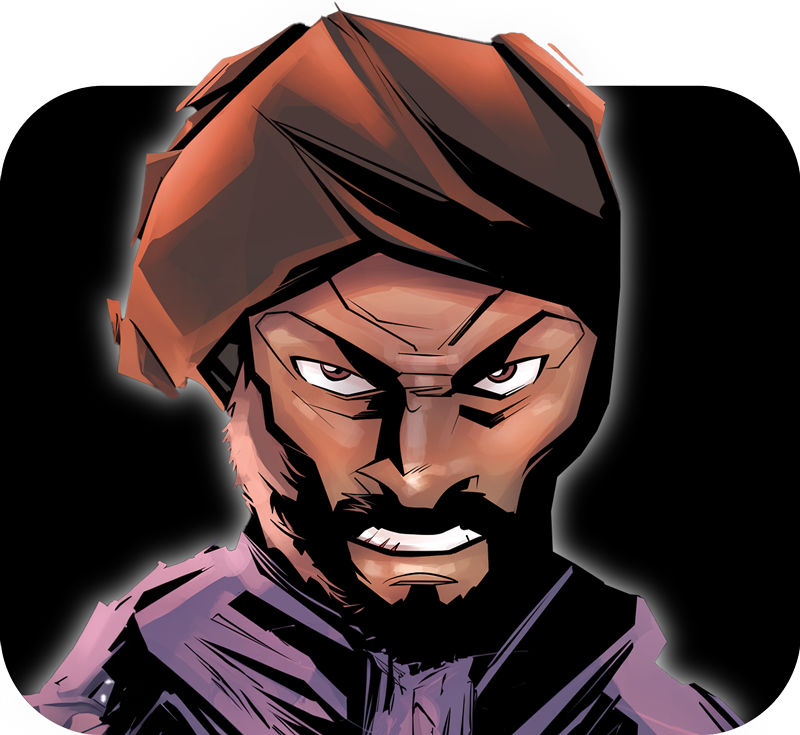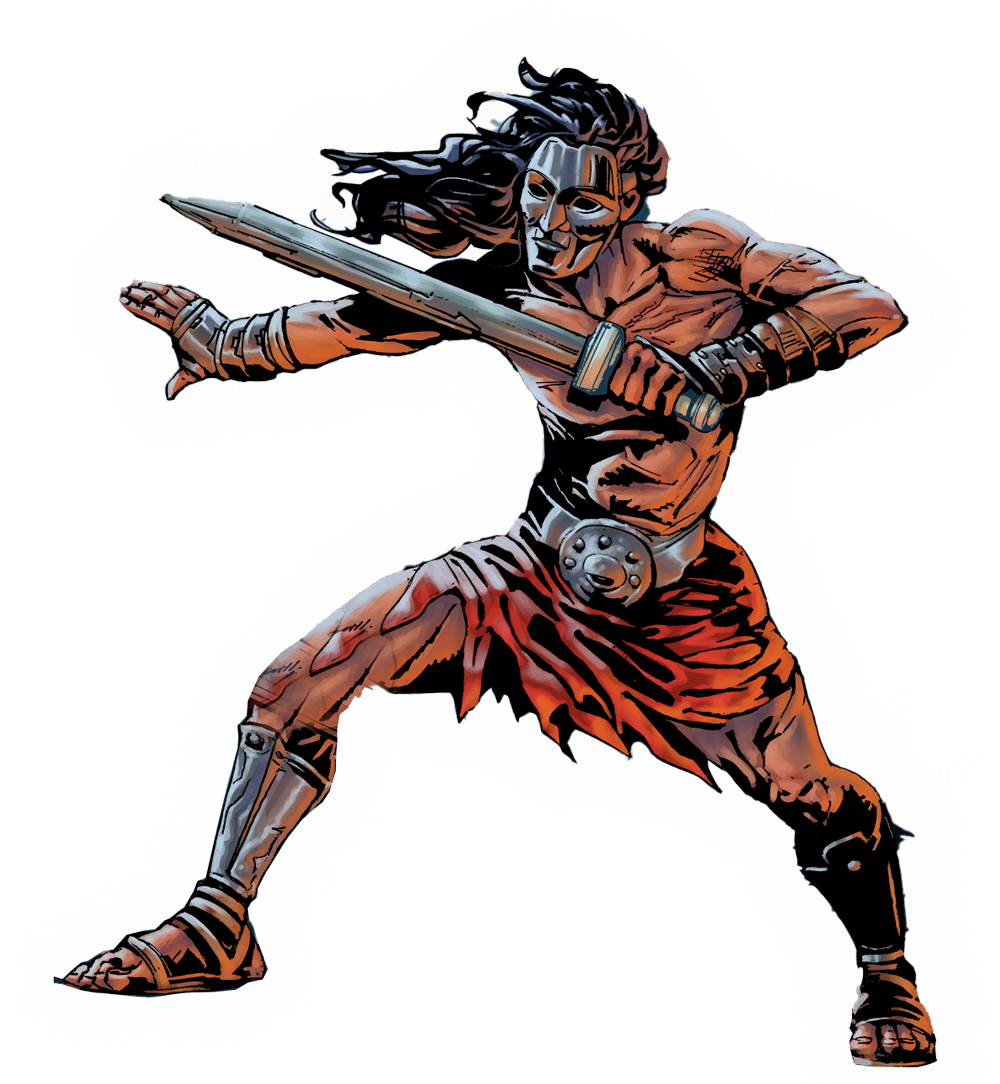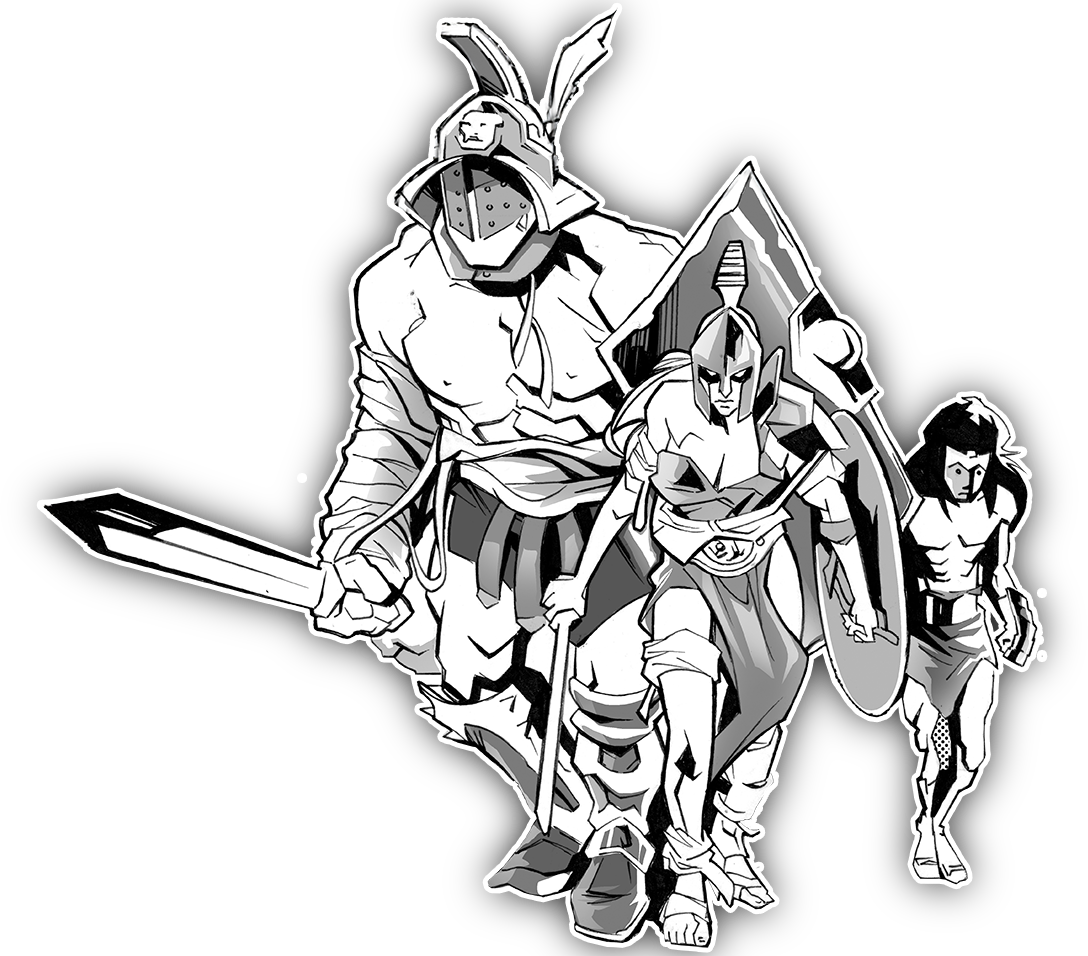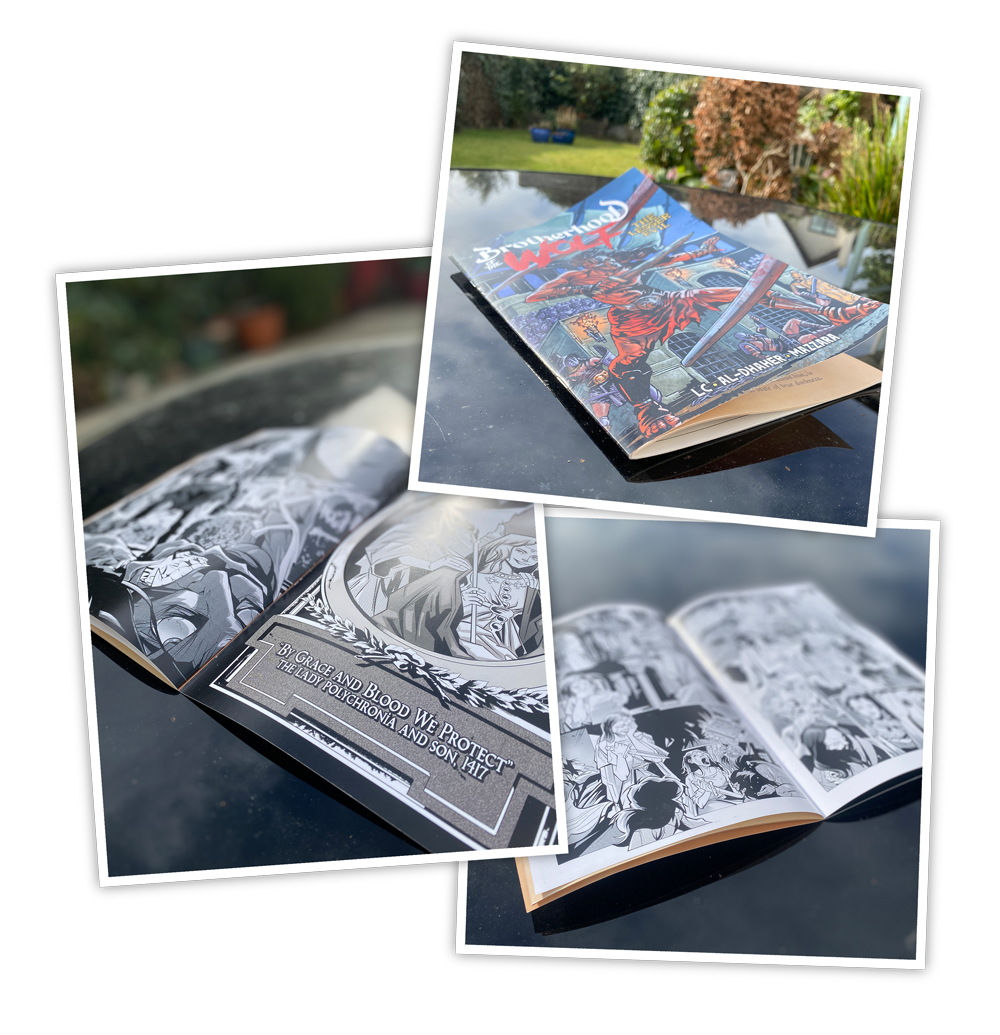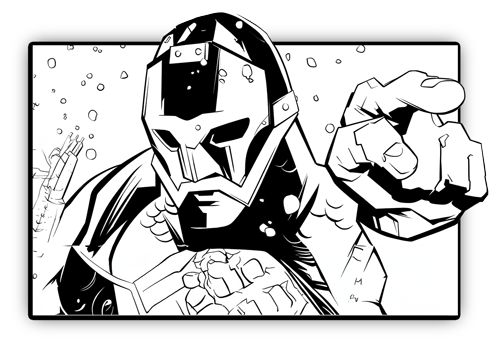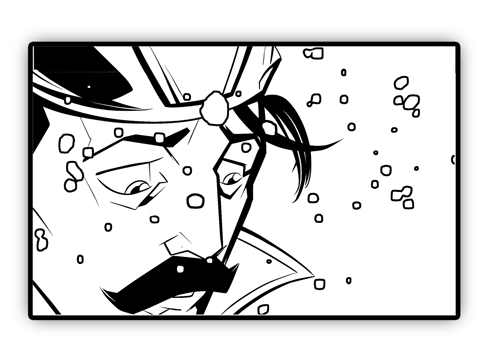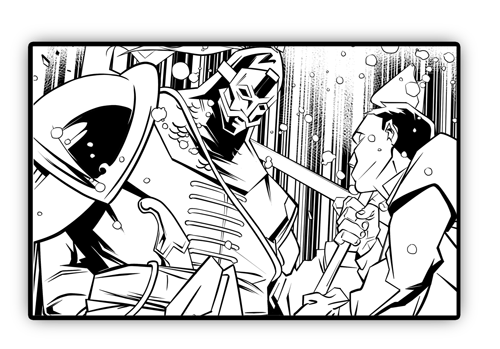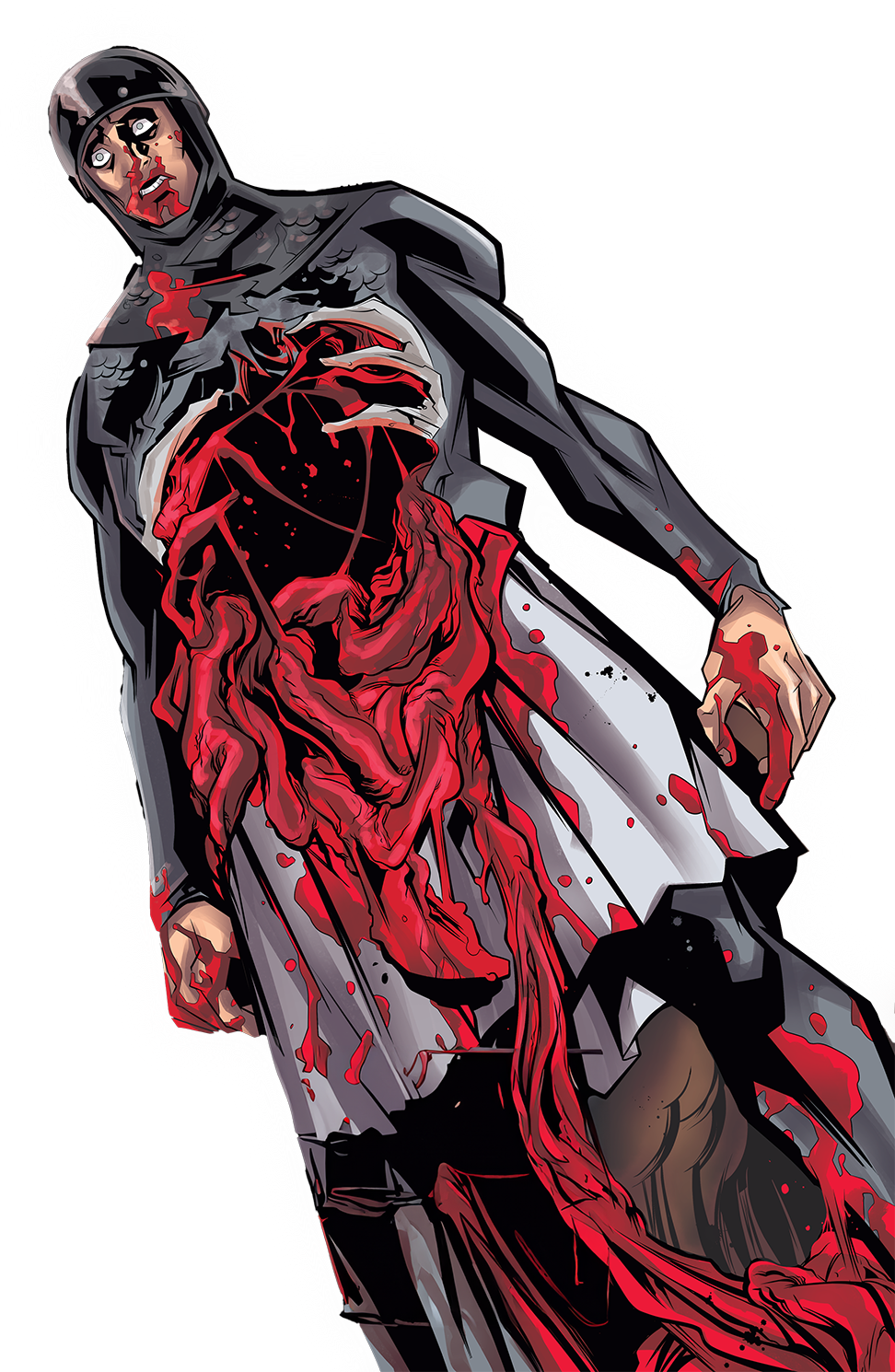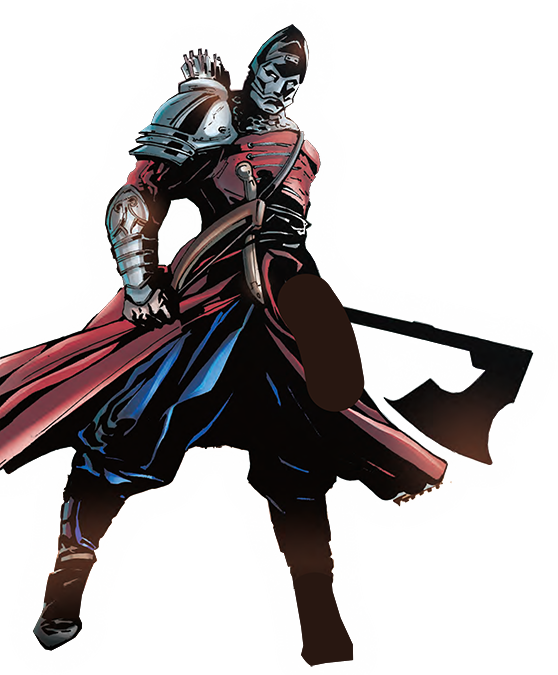A bloodcurdling scream pierces the stillness of the summer air, so full of grief and horror that even the cicadas fall silent.
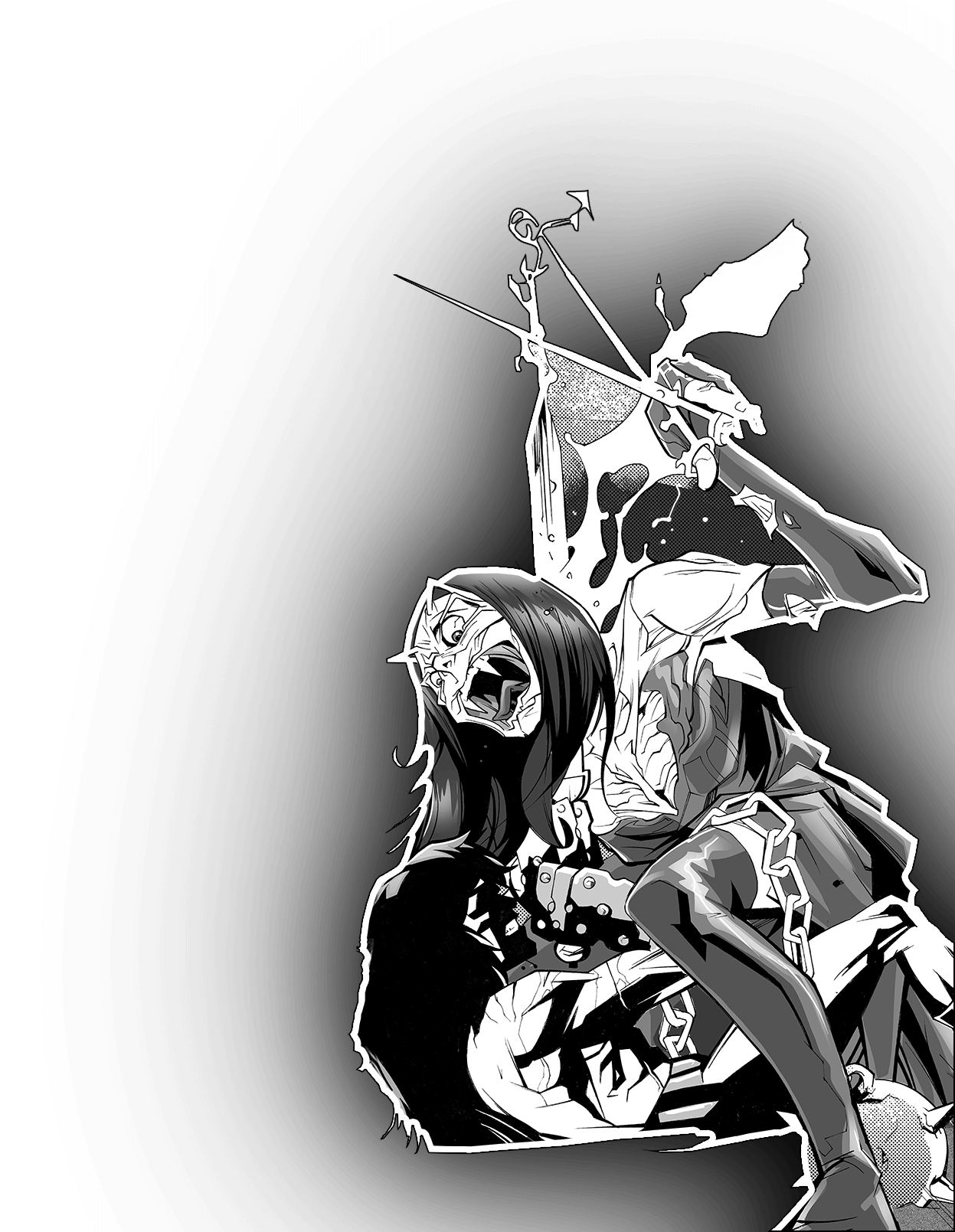
In a stately home in Constantinople’s city center, Polychronia weeps for her only son, Koja—the son for whom she has sacrificed so much. She should feel honored by the letter that arrived tonight, bearing a royal seal. Koja has been chosen to join the ruling elite of the City of the Angel. But she alone knows the horrific truth of the council that awaits him: a court of bloodthirsty undead, obsessed with physical perfection, voracious for beautiful youths to add to their monstrous ranks.
